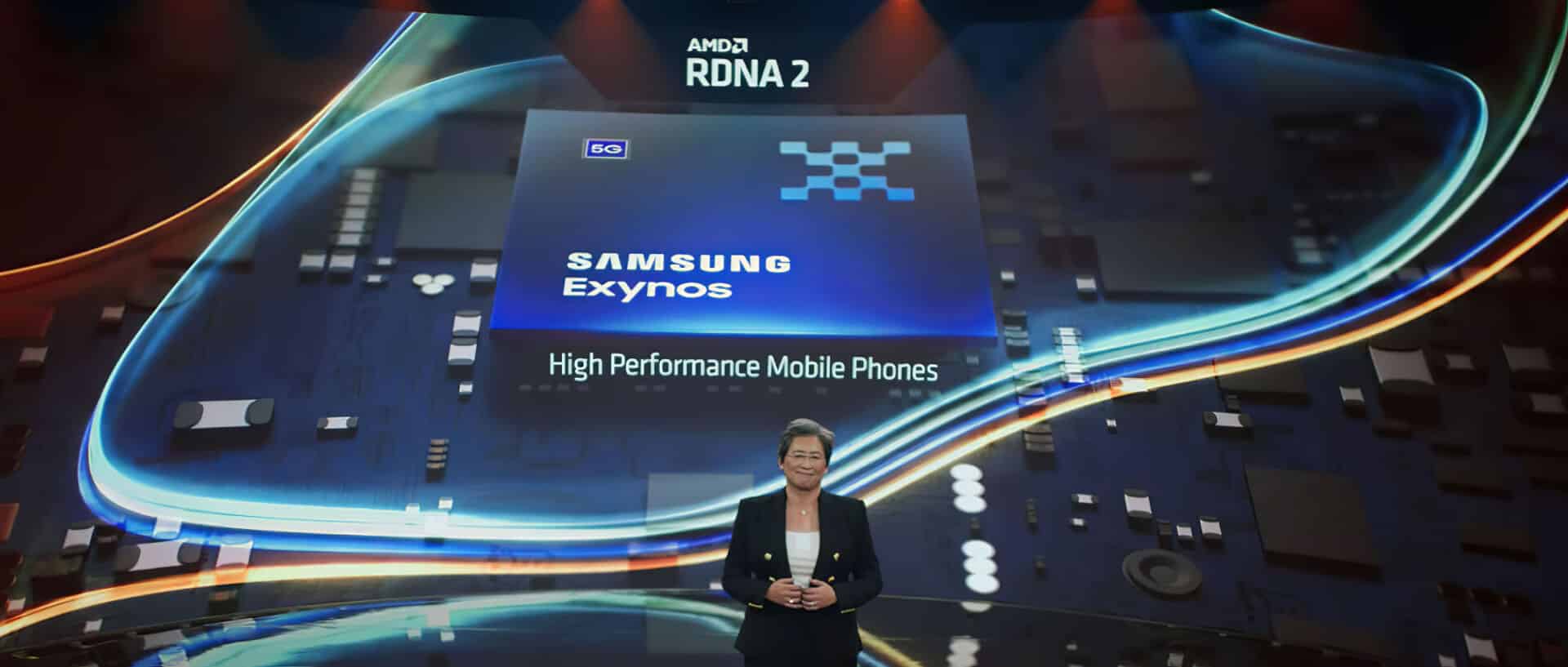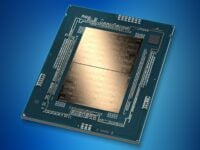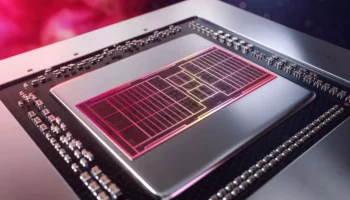Samsung is gearing up to announce its next-gen Exynos 2200 SoC for its next generation of high-end Galaxy smartphones. After much teasing and several leaks, the Korean giant has fixed the announcement date of its highly anticipated processor on the 11th of January, roughly a week after CES 2022. This means that we’ll likely get additional details regarding the accompanying RDNA 2 GPU during AMD’s CES keynote on the 5th of January.
And the Exynos team has revealed that they’re preparing another small gift for fans who love gaming. Early next year, fans can look forward to unwrapping another small but powerful gift from Exynos.
Promising console-grade graphics and performance (indirectly) with the next generation of Exynos 2200 SoCs, Samsung is looking to take its rivals (Qualcomm and Apple) head-on in the next round of the smartphone race. You can go through all our previous coverage below:
The Exynos 2200 is reportedly 31-34% faster than its predecessor at peak performance while dropping to 17-20% in sustained workloads. This result is certainly a bit underwhelming compared to all the previous leaks that we’ve seen and appears to be limited to a single application or benchmark. (Alprazolam) The GPU seems to be suffering from a fair bit of throttling on prolonged use. The source claims that the (GPU) performance difference between the Snapdragon 888 and the Exynos 2200 is quite massive while not revealing the exact numbers.
AMD’s mobile RDNA 2 GPU is capable of seriously high clock speeds. At the moment, the engineers are testing two variants of the Exynos 2200 SoC: one with the GPU core clock set to 1.29GHz, and the other to 1.58GHz. The catch is that with the latter, the CPU clocks (of the middle cores) have to be tuned down a bit to keep the TDP in check:
The source claims that the peak GPU score with the 1.58GHz variant is better due to higher retention even after throttling. It looks like the RDNA 2 architecture is capable of high boost clocks regardless of the process node. According to the latest rumor, the mobile RDNA 2 design Samsung is using is capable of a whopping 1.8GHz with the TDP set to 10W. The scores of the mobile GPU in GFXBench are as follows:
The graphics processor integrated into the mobile SoC in partnership with AMD features 6 CUs, with an operating (boost?) clock of 1.31GHz. The processor was benchmarked (2nd round) in GFXBench, and the following scores were observed:
Manhattan 3.1: 170.7 FPS
Aztec Normal: 121.4 FPS
Aztec High: 51.5 FPS
The GFXBench figures from the 3rd round of the graphic throttling tests are as follows:
Manhattan 3.1: 127.5 FPS
Aztec Normal: 90.7 FPS
Aztec High: 39.65 FPS
In addition to Samsung, Google and a few Chinese smartphone markers are also (reportedly) working on implementing RDNA 2 IP in their devices. It’s best to take the latter with a grain of salt as it’s the first we’re hearing of it. The Exynos 2200 SoC paired with the RDNA 2 (codenamed Voyager) GPU will be fabbed on the foundry’s 4nm LPE node. It’ll feature eight CPU cores: x1 Cortex-X1 high-performance core, x3 Cortex-A78 medium cores, and x4 A55 low-power cores. The SoC is slated for a launch in December 2021.






